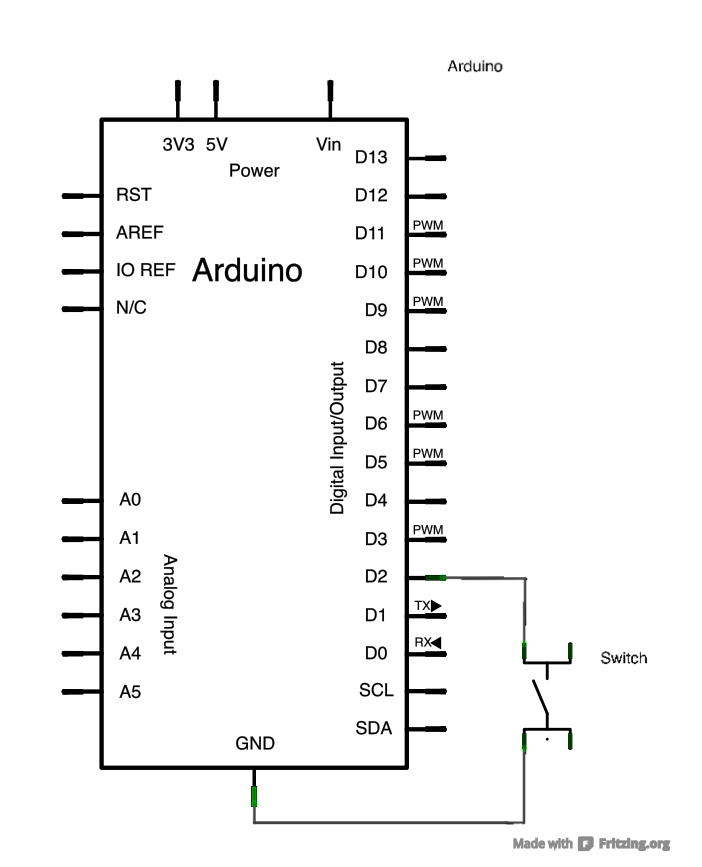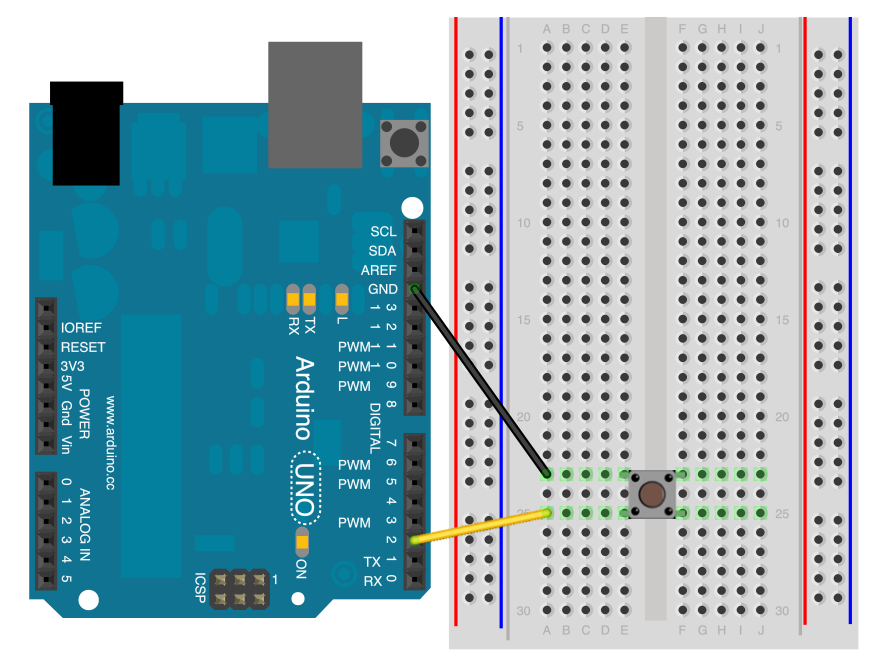Additionally, the INPUT mode explicitly disables the . Because the internal pull-up on pin is active and connected to 5V, we read HIGH when the button is open. This has probably been asked quite a lot, but i could not find the specifics anywhere else: how does one enable the internal pull up resistor on .

Power-Save Mode and Internal Pull-Up Resistors7. You might need to enable the Arduino Internal Pull-Up Resistor. Here’s why you need it and how to to turn them on. With a pull-up resistor, the input pin will read a high state when the button is not. To enable internal pull-ups on an Arduino, you can use the following line of . The Atmega chip on the Arduino has internal pull-up resistors (resistors that connect to power internally) that you can access.
Even more frustrated because touching them seems to change the result?

Arduino misconceptions 1: need to use external pull-up resistors. What’s the other where these internal pull-ups won’t do? For the longest time I had no idea that I could simply set internal pull-up resistors using a single line of code! But the Atmel chips that arduino uses have internal . Contribute to Arduino development by creating an account on GitHub.
You’ll notice that both the Arduino schematic, and the examples here use a 10KΩ resistor as the pullup or pulldown. All of the pins have a pullup resistor which may be activated when the pin is an input.

Teensy extension which is not present on the official Arduino. For a recent project I needed to use the internal pull-up resistors of the AVR to form a crude voltage divider. I got a project with an Arduino Mega 256 controlled by Matlab. For some of the Input Pins, I need the internal Pull-Up resistors. In this tutorial we will learn How to read status of switches using Arduino Uno development board using External or Internal PULL UP resistors. Fortunately, the AVR chip has, internally, a kOhm pull-up resistor that can be connected to the pin (internally).
The pin must be configured as input, and its . EXECUTIVE SUMMARY: Using the updated Arduino 1-Wire library. So, can the internal 50K Ohm (worst case) internal pull-up do the job? For example, to set up digital #as an input, with an internal pullup, and then check if it is being pulled to ground via a button or switch and turn .